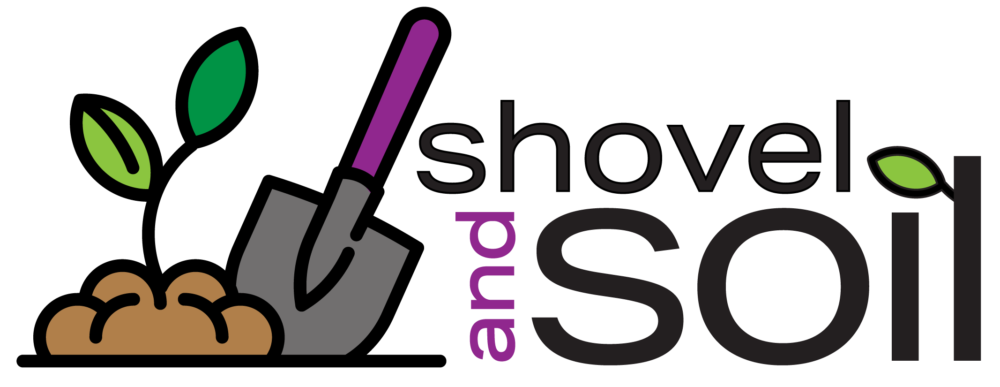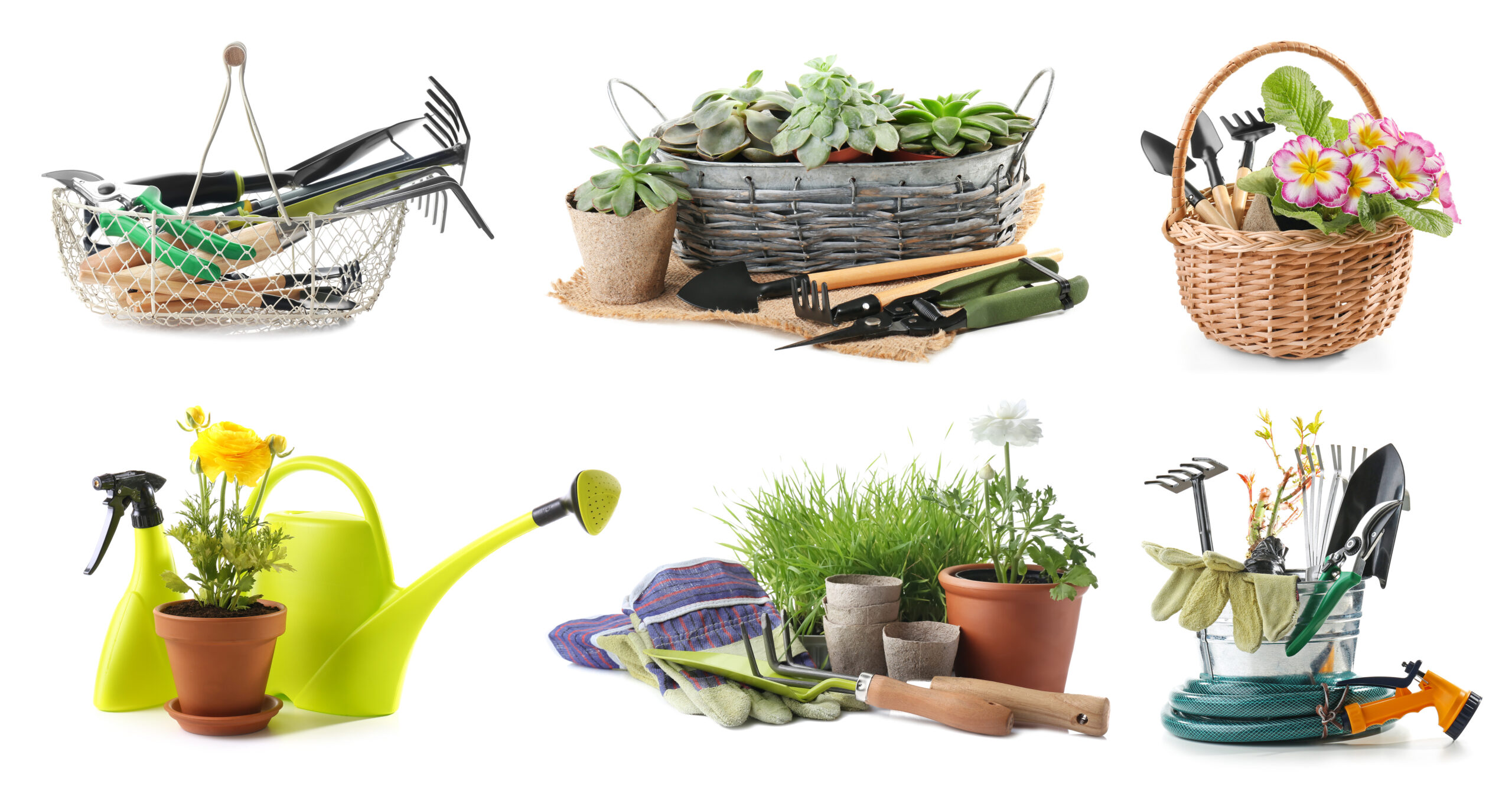
Utilizing Vertical Space
In the realm of indoor gardening, vertical space is your best friend, especially when horizontal room is at a premium. Consider installing floating shelves or using hanging planters to keep your floor space clear. Vertical gardening can also involve using wall-mounted planters or creating a living plant wall, which not only saves space but can also act as a stunning focal point in any room. This approach allows you to grow a variety of plants upwards rather than outwards, maximizing your gardening potential without cluttering your living area.
Choosing the Right Plants for Small Spaces
When gardening in limited spaces, selecting the right plants is crucial. Opt for species that naturally grow vertically, such as tall snake plants or upright fiddle leaf figs, to make the most of your vertical space. Alternatively, consider plants that can be trained to grow upwards, like pothos or philodendrons, using trellises or moss poles. Compact plants, such as succulents or small herb varieties, are perfect for tabletops or windowsills, adding greenery without taking up much room. By choosing plants based on their growth habits and size, you can create a lush indoor garden that fits perfectly into smaller living spaces.
Creative Container Options
In a small-space garden, versatility is key, and this extends to your choice of containers. Think outside the traditional pot and consider novel items like mason jars, teacups, or even repurposed items such as old books or electronics. These unique containers can add character to your garden while fitting into tighter spaces. Additionally, using pots with a hanging feature or those that can be mounted on walls can help you make the most of your available space. Ensure whatever containers you choose have proper drainage to keep your plants healthy.
Integrating Plants into Your Furniture
Furniture that doubles as plant space can be a game-changer in a small indoor garden. Look for coffee tables, bookshelves, or even lamp stands designed with planters incorporated into their structure. This integration allows you to enjoy greenery without sacrificing additional space. DIY enthusiasts might also consider customizing existing furniture to accommodate plants, such as adding a planter box atop a bookshelf or using the space under a glass-topped table to showcase a miniature garden.
Strategic Plant Placement
Effective plant placement is vital in a small indoor garden. Utilize areas that are often overlooked, such as windowsills, the tops of cabinets, or even the unused corners of your rooms. Placing taller plants in corners can help draw the eye upwards, making the room appear larger. Similarly, arranging plants with varying heights and textures can create visual interest without overcrowding. Consider the light requirements of your plants when deciding on placement to ensure they thrive in their designated spots.
Opting for Multi-Functional Plants
When space is limited, each plant should serve a purpose beyond just aesthetics. Choose plants that can purify the air, such as spider plants and peace lilies, or edible plants like herbs and small vegetables that can add freshness to your cooking. This approach ensures that your indoor garden is not only beautiful but also beneficial to your living environment. Plants with sensory benefits, such as those with fragrant flowers or leaves, can also enhance your space without taking up extra room.
Implementing Smart Gardening Tech
Smart gardening technologies can be particularly useful in small indoor gardens, allowing for more precise control over the environment with less physical equipment. Automated watering systems, smart pots, and LED grow lights are compact and can be easily integrated into small spaces. These technologies ensure that your plants receive the right amount of water and light, even in the most confined spaces, making indoor gardening more accessible and less time-consuming.
Keeping Your Garden Organized
Maintaining organization is key to enjoying a small indoor garden without feeling overwhelmed. Regularly prune your plants to manage their size and remove any dead or yellowing leaves to keep your garden looking fresh. Use labels or markers to keep track of plant names and care requirements, especially for gardens with a variety of species. An organized garden not only looks better but also creates a more relaxing and enjoyable space for you to inhabit.
By adopting these strategies, even the smallest spaces can be transformed into lush, productive indoor gardens. Each tip helps to optimize your available space, ensuring that your green sanctuary thrives without feeling cluttered or confined.



